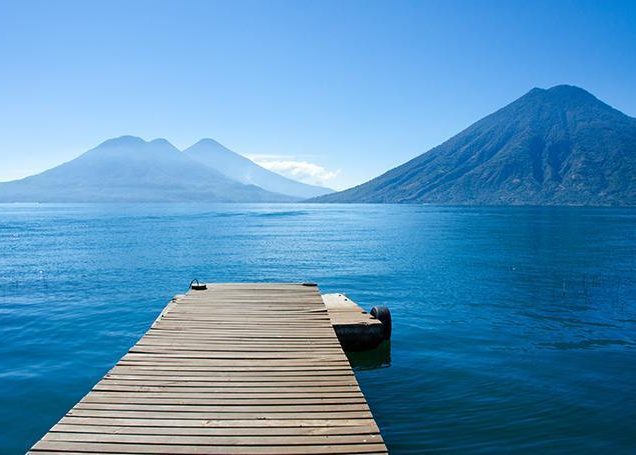

Honduras, the little-known gem of Central America, has something for everyone. You can trek through the jungle, over mountains or along astounding coastlines. For those more at home in the water, Honduras is a haven. Activities on offer include snorkelling and swimming. The islands of Roatán and Utila are renowned for diving. If you prefer to turn your eyes skyward, you can enjoy almost 800 species of beautiful birds. As if this weren’t enough, Honduras is also home to wonderful ancient Mayan ruins.
Or you can simply relax by the Caribbean shores and indulge in some serious ‘me-time’.
A Honduras adventure tour will show you all this wonderful country has to offer the traveller. From the charming town of Copán Ruinas, the Mayan ruins of Copán are within walking distance and are one of the best-kept and most intriguing of all the ancient Maya sites. See the intricately carved stelae (carvings/statues) depicting the 16 rulers of this once-magnificent and influential city, as well as the spectacular staircase, ball courts, and enormous central plaza.
Many Honduras adventure tours travel to La Ceiba, where you travel by ferry across to Roatán, the largest of the beautiful sun-soaked Caribbean Bay Islands. There, you will find the perfect blend of vibrant resort life and secluded Caribbean beaches. Relax by palm-fringed lagoons, marvel at the turquoise waters, and explore stunning underwater scenery.

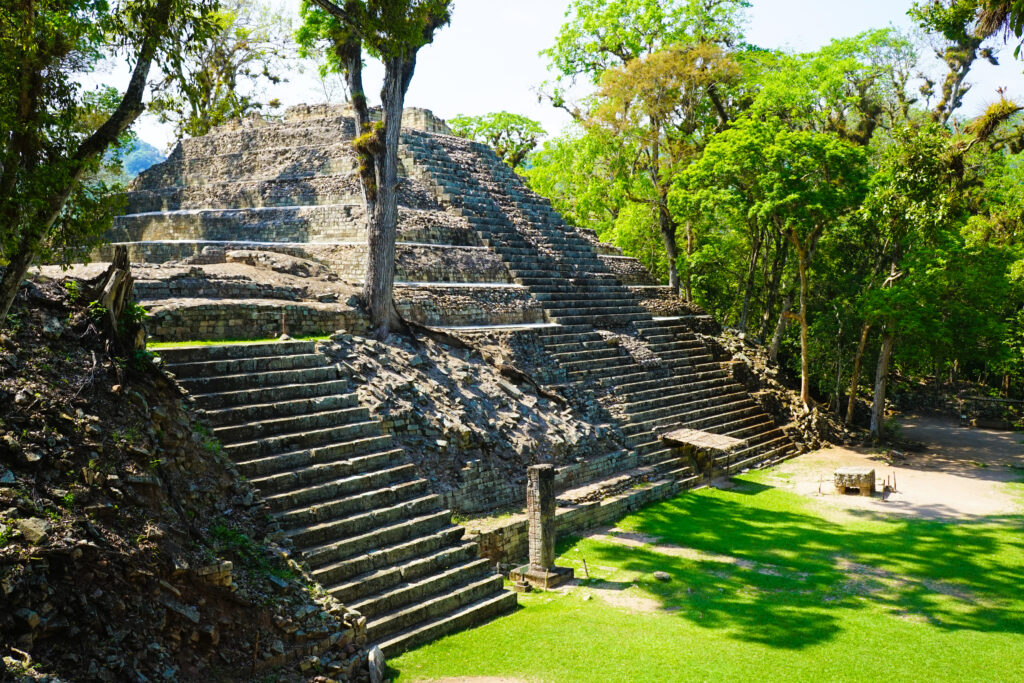
The Maya inhabited Honduras during the first millennium. Columbus explored the country in 1502. Honduras, with four other Central American nations, declared its independence from Spain in 1821 to form a federation of Central American states. In 1838, Honduras seceded from the federation and became an independent nation. Present-day Honduras is a safe and welcoming country, a democracy headed by a popularly elected president, Ricardo Maduro.
The climate is split between the central highlands (around Tegucigalpa), where the weather is temperate all year round, and the coasts and flatlands, where it is usually hot and humid. There is a rainy season throughout Central America, which starts around May/June. This gradually works its way through until September, into October. Don’t be put off by the term rainy season, as this generally only means sporadic downpours a couple of times a day.
The temperatures in Honduras are similar to other northern hemisphere countries, where it’s warmer in summer (July/August) and cooler in winter (December/January). Generally, the hottest time in Honduras will be the months of April to May.
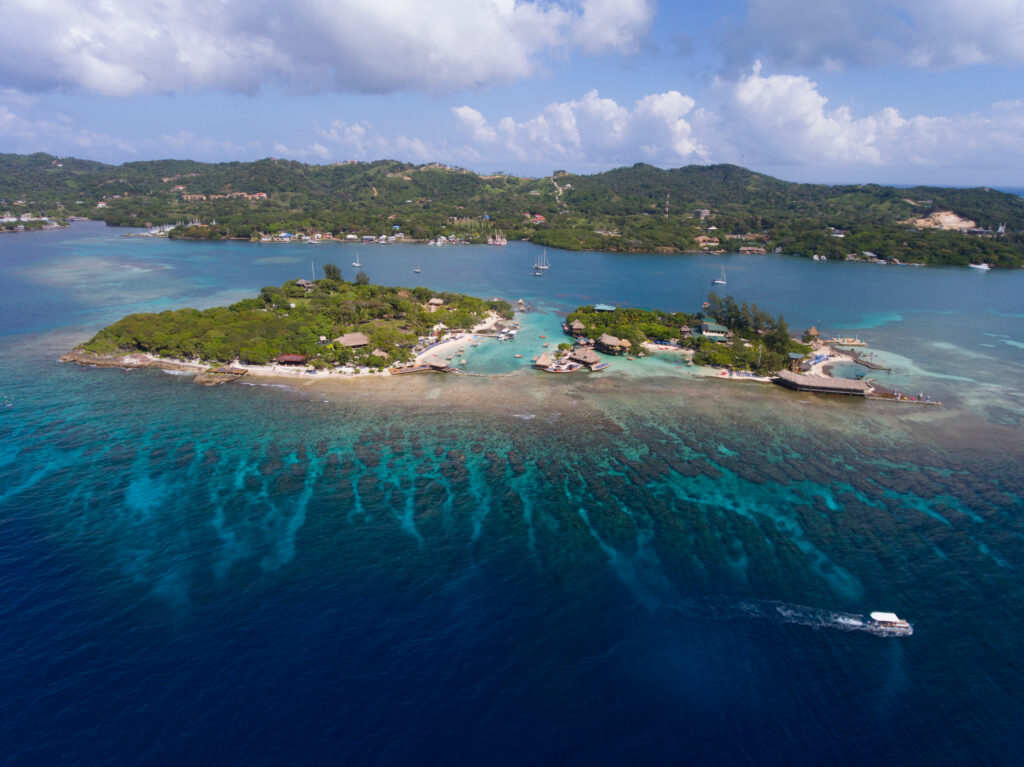
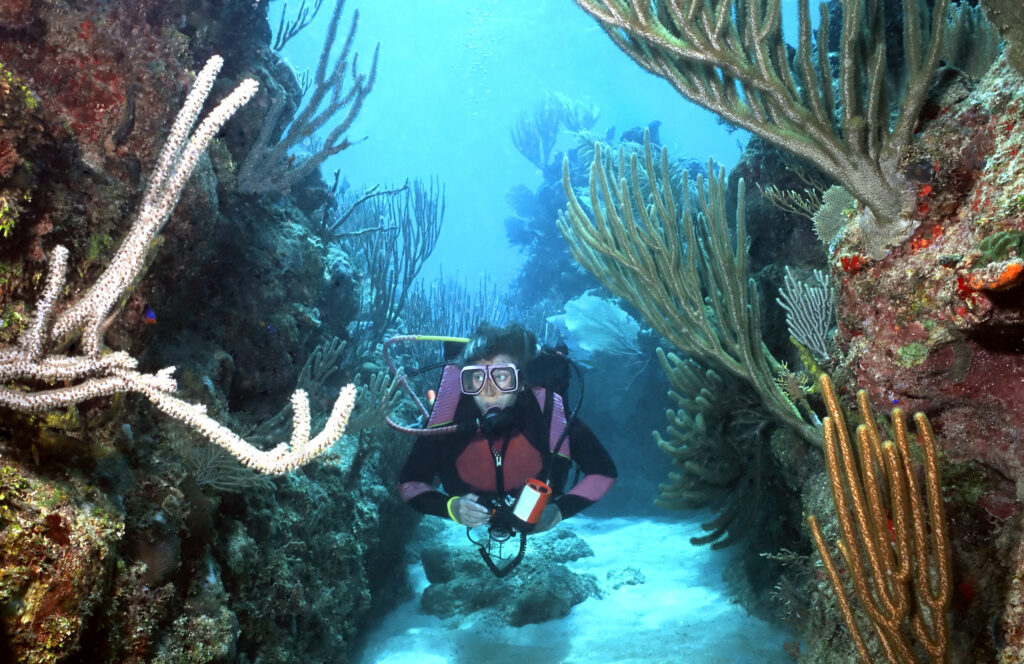
For divers, water visibility is best from March to September, but is still considered good most of the time throughout the year.
The hurricane season on the Caribbean side of Central America runs from September to November. Typically, this refers to high winds and occasional storms.
Visit www.worldclimate.com to get an idea of what the weather will be like on your tour.
Most nationalities do not require a visa to enter Honduras. However, it is essential to verify the specific rules for your nationality with your nearest embassy or consulate. As a tourist, you are usually entitled to 30 days; however, depending on the immigration official, you may be allocated fewer days.
Check out our essential advice before you go.
On entering, you may be asked to fill out an immigration card. A copy of this card should stay in your passport until you exit the country.
There is a fee to enter and exit Honduras (USD$3) charged at the crossing.
The monetary unit in Honduras is the lempira (named after a famous indigenous chief who died fighting the Spaniards).
For up-to-date exchange rates with your own currency visit www.oanda.com or www.xe.com.
US dollars are accepted for some purchases in Honduras. However, you will need lempiras for most purchases. US dollars and traveller’s cheques can be exchanged at banks, border crossings, and some hotels, shops, and agencies. Your tour leader will provide you with details on when and where to exchange money.
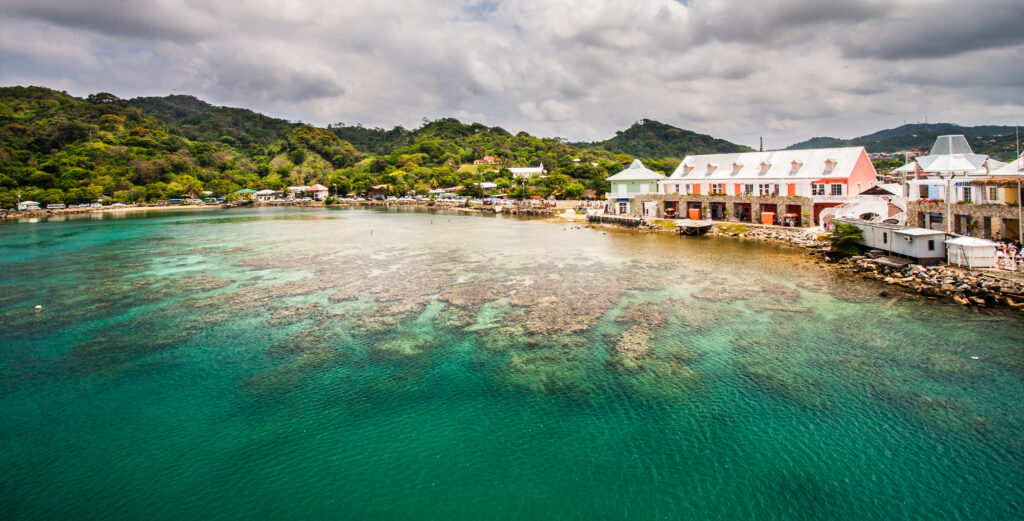
Products produced in Honduras include handmade cigars, coffee, leather, wooden carvings, basket handicrafts, ceramics, jade, silver and other jewellery. In Copan, you will find a lot of colourful textiles, but be aware that most of these textiles come from Guatemala. You will find a wider selection and better prices in Guatemala, particularly in Antigua and the Highlands. You can purchase miniature replicas of some of the Mayan sculptures found at Copan, which are considered beautiful pieces of art.
Bargaining is expected while shopping in the markets, but in shops it is usually considered rude to bargain. You may, however, ask for a ‘discount’ (“descuento” in Spanish).
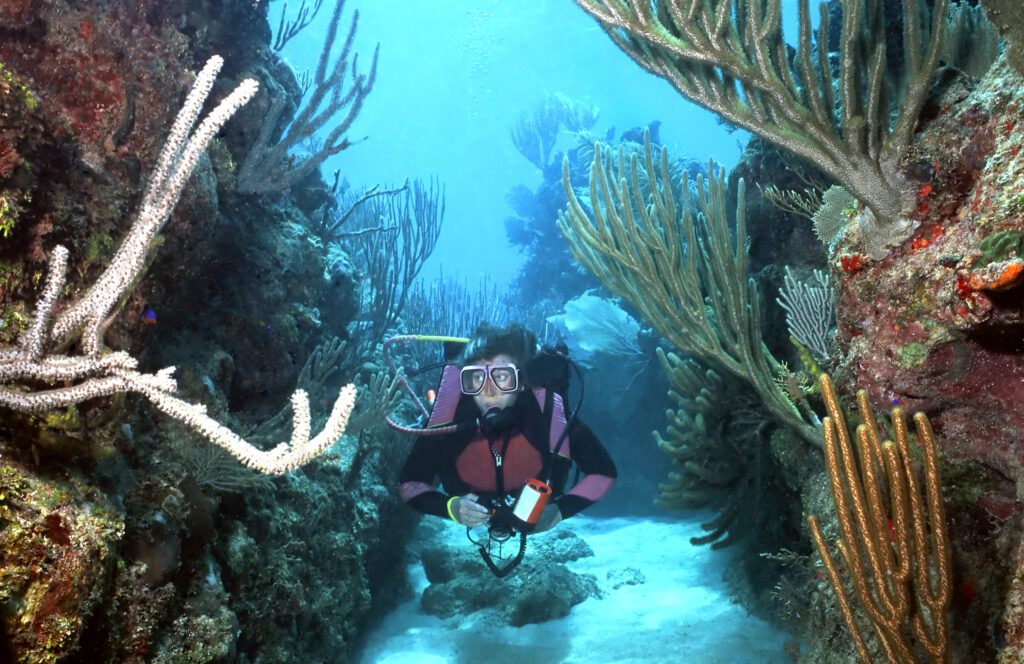
Taxis are recommended for all journeys within Tegucigalpa (the other places visited in Honduras are easy and safe to walk around). Taxi meters are generally not in evidence, so you will find yourself engaging in a bit of haggling with the driver to agree upon the fare. This can be fun, but it is a good idea to find out in advance, from your tour leader or the hotel receptionist, approximately how much the fare should be. It will also help if you can speak a few words of Spanish, and you will almost certainly have to accept that you will pay more than the Hondurans do.
Keep yourself safe. Like anywhere in the world, you can be in the wrong place at the wrong time. Care should be taken, especially while walking around the larger cities. Try to avoid dark, quiet areas if you’re alone, particularly late at night, and always take a taxi. It is usually better to call a taxi by phone, if possible, especially at night, to avoid using an unlicensed cab. We suggest that whenever possible, you leave all of your essential documents in the safe (“caja fuerte”). However you should always carry some form of ID or a photocopy of your passport.
Honduran cuisine is a rich blend of Meso-American, Spanish, Caribbean, and African influences.
Bistec or Pollo Asado (Beef steak or grilled chicken) are common meals, usually served with tortillas, spring onion, white cheese, and salad.
Other common sides are rice and beans (sometimes called ‘Gallo Pinto’) and sweet fried bananas (‘platanos’).
Your tour leader will be able to recommend restaurants, including the best vegetarian or vegan ones.
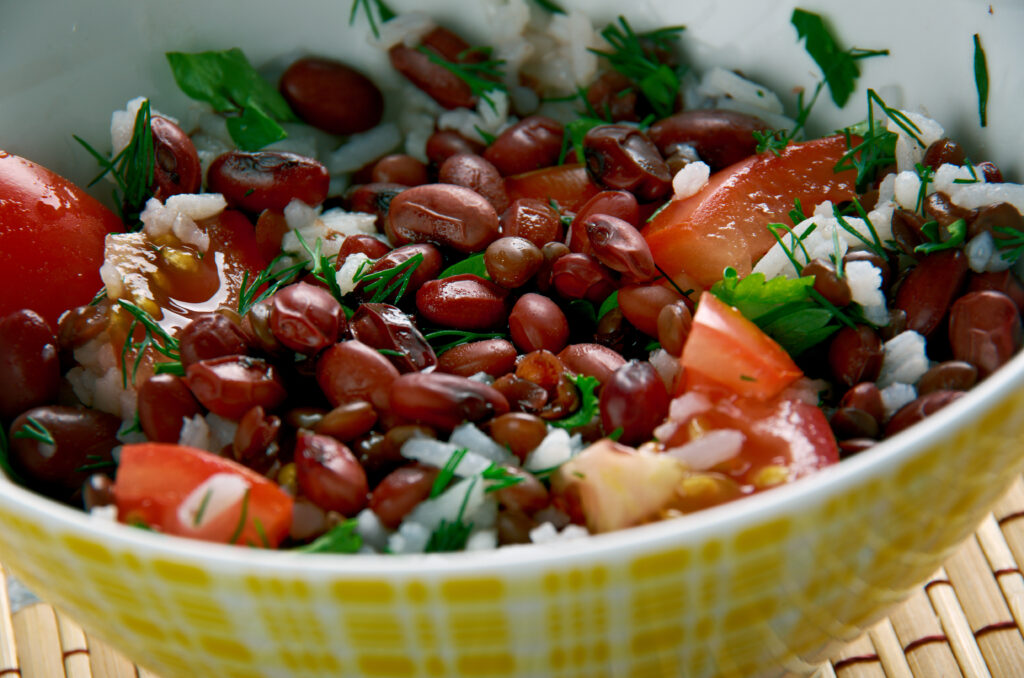
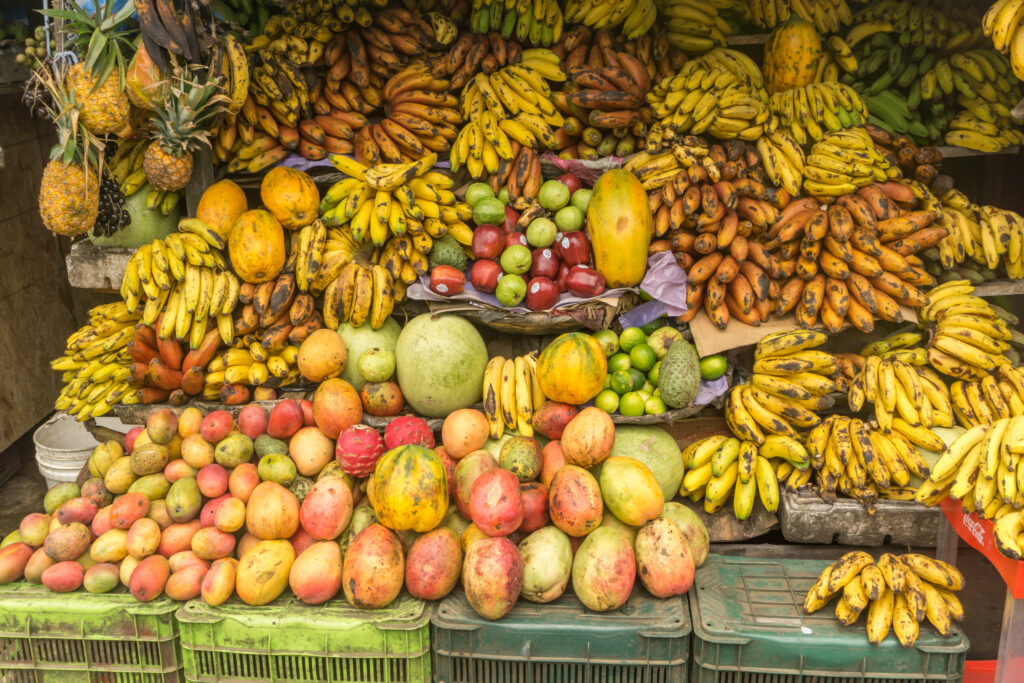
Go to one of the many juice stands and ask for a “liquado de fruta” (fruit smoothie) or “jugo de naranja y zanahoria” (orange & carrot). Papaya, melon, watermelon, mango, and pineapple are very popular. But you can also get fun things like celery, beetroot, & chaya (a spinach-like leaf).
There are countless lagers, and a few dark beers. The national beer of Honduras is ‘Salva Vida’.
Time difference: GMT/UTC -6. For other time differences, please visit www.timeanddate.com
Voltage: 110 volts, US style, 2-pronged plug.
We are passionate adventure travelers who want to share the world and our travel experiences with everyone…
This website uses cookies so that we can provide you with the best user experience possible. Cookie information is stored in your browser and performs functions such as recognising you when you return to our website and helping our team to understand which sections of the website you find most interesting and useful.
Strictly Necessary Cookie should be enabled at all times so that we can save your preferences for cookie settings.
If you disable this cookie, we will not be able to save your preferences. This means that every time you visit this website you will need to enable or disable cookies again.
